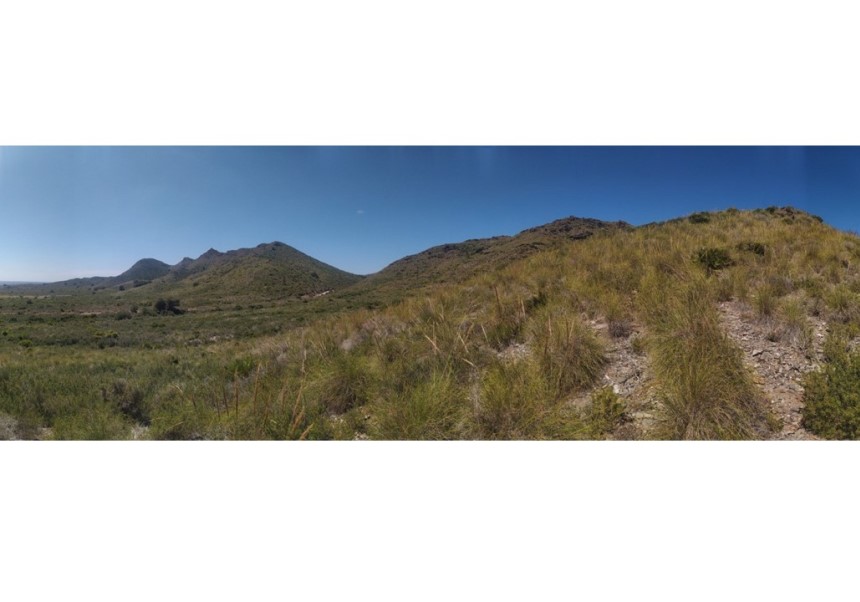
Scientists from CIDE (CSIC - UV - GVA) collaborate in a study on the role of facilitator plants in the survival of other plants under adverse conditions.
The implications of this work, in which a total of 141 different plant species from the south of the Iberian Peninsula were recorded, are very important in the current context of climate change.
The Desertification Research Center (CIDE, CSIC-UV-GVA) participates in a new study that analyzes how some plant species, the facilitator plants, contribute to the establishment of other plants in adverse climatic conditions. In the study, recently published in the journal Ecology Letters, researchers from King's College London (UK) and the Center for Ecological Research and Forestry Applications (CREAF, UAB - IEC - UB - CSIC - Generalitat de Catalunya), the Autonomous University of Madrid and the University of Jaén have collaborated together with CIDE researchers.
Plants are geographically distributed on our planet according to different variables, including climatic conditions. If these conditions vary, they can have significant effects on their distribution. This study analyzes how facilitator plants help the establishment of others in climatic conditions different from those of their usual niche, contributing to the structure of the plant communities thus established.
The study comprised 28 localities distributed along the southern Iberian Peninsula. The area sampled covers a wide range of environmental conditions in terms of both temperature and precipitation, including three main climatic types: Mediterranean climate, mostly towards the central and western areas; semi-arid climate, mostly covering the eastern part of the study region; and alpine-Mediterranean climate in the mountainous summits. A total of 26,252 individuals of 141 different plant species were recorded.
The results show that facilitator plants provide protection, in the form of plant cover, for other species that would find it very difficult to survive in warmer, more arid environments, or in colder temperatures. “Thanks to this protective effect, new generations of plants can successfully establish themselves in areas far from their climatic optimum. On the contrary, the understory plant communities thus established would see their survival compromised if this protective vegetation cover were to disappear”, explains Miguel Verdú, CSIC researcher at the Desertification Research Center (CIDE, CSIC-UV-GVA).
Facilitation in the face of change
The implications of these results are very important in the current context of climate change. Buffering against high temperatures could be key in maintaining biodiversity and the ecosystem services it provides in typical Mediterranean climates, where extreme temperatures can be lethal for seedlings.
“This facilitating function allows the establishment of species less adapted to arid conditions, but also favors the establishment in cold environments of the high Mediterranean mountains, thus acting as a reservoir of species adapted to climate change”, explains María A. Pérez Navarro, first author of this study and researcher at CREAF and the Department of Geography, King's College London (UK).
The type of study developed by this team makes it possible to observe plant distribution patterns by focusing on microclimatic conditions, as opposed to the usual studies that analyze climatic conditions on a macro scale. This change of scale represents a leap in plant ecology studies.
Reference:
Perez-Navarro, M.A., Lloret, F., Molina-Venegas, R., Alcántara, J.M. & Verdú, M. (2024). Plant canopies promote climatic disequilibrium in Mediterranean recruit communities. Ecology Letters, 27, e14391. DOI: https://doi.org/10.1111/ele.14391
CIDE Communication









